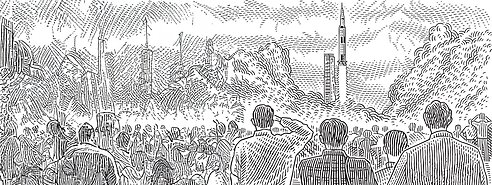Featured article: “Centers of Progress, Pt. 39: Houston (Spaceflight)” by Chelsea Follett
In this article, Chelsea Follett writes, “From liftoff onward, the American astronauts who shattered records and tested the limits of the possible relied on Houston to ensure mission success and bring them safely home. Many people still consider the moon landing to be among the greatest achievements of humanity. It was certainly the greatest feat of exploration in history.”

